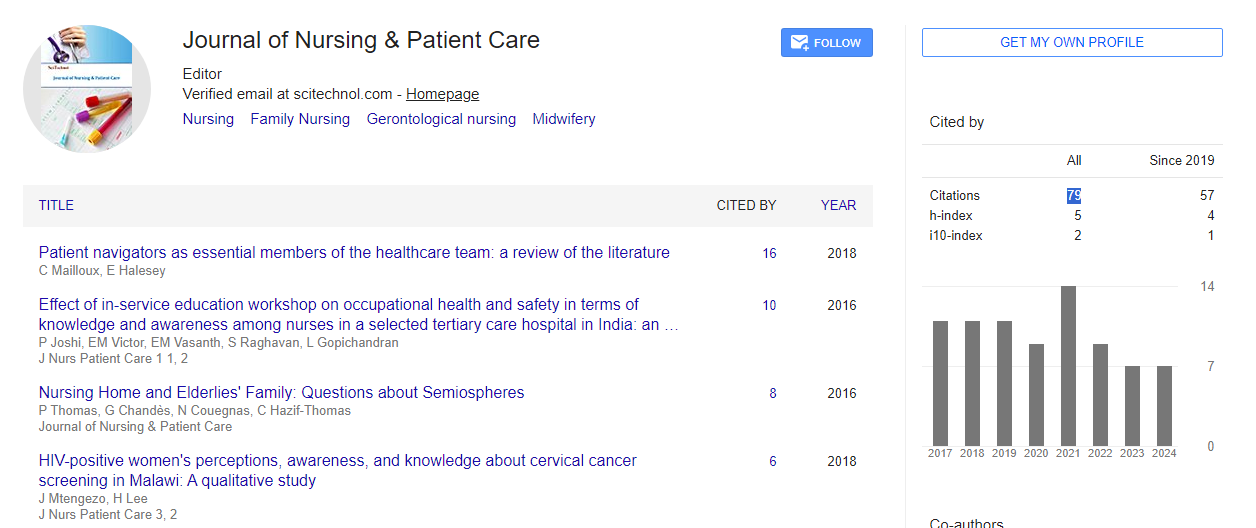Becoming Baby-Friendly and transforming maternity care in a safety-net hospital on the Texas-Mexico border
Deborah J Eganhouse
University Medical Center, USA
: J Nurs Patient Care
Abstract
Baby-Friendly Hospital Initiative (BFHI) practices were successfully implemented in a large, safety-net maternity service which annually provides care for 3,500 women. Along the Texas-Mexico border, 25-35% of our population is uninsured and 40-60% does not have private insurance. Our birthing population is 96% Hispanic and Spanish speaking. Common patient risk factors include: 57% with minimal or absent prenatal care, poverty, obesity, diabetes and hypertension. Our goal was to implement proven strategies demonstrated to increase exclusive breastfeeding. These evidence-based strategies confer life-long health benefits and disease protection for mothers and babies. In 2013, nurse managers used BFHI guidelines and the CDC Maternity Practices in Infant Nutrition and Care (mPINC) survey as external benchmarks to redesign maternity care. As required, keeping mothers and babies together for 23 hours/day necessitated extensive remodeling of care including: Immediate skin-to-skin, initiation of breastfeeding and mother-baby transfer to postpartum. Pediatric history and physicals, nursing assessments, newborn prophylaxis and the newborn bath now take place at the mother’s bedside. Our UMC exclusive breastfeeding rate at discharge increased from 16% in 2012 to 44% in 2016. Our rate for breast milk as the first feed exceeded the healthy people 2020 goal of 81.5% since the mid-2013 and remains at 99-100% in 2016. Our mPINC total score increased from 67 in 2011 to 90 in 2015 further highlighting our success. We achieved the Baby-Friendly designation in July 2015. While further improvement is needed, we learned that successful implementation of the BFHI and mPINC guidelines dramatically improved our exclusive breastfeeding rate.
 Spanish
Spanish  Chinese
Chinese  Russian
Russian  German
German  French
French  Japanese
Japanese  Portuguese
Portuguese  Hindi
Hindi 